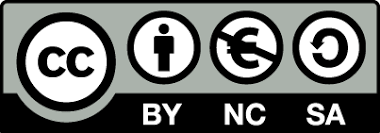Abstract
Introduction: Infantile onset intractable epilepsy is a serious health problem in children with uncontrollable seizure using combined medications. This condition is often found to be related to genetic diseases. Currently, exome sequencing (ES) offers the potential benefit for accurate diagnosis, proper clinical management to these patients and genetic counselling for future pregnancies. ES is always available in Thailand at relatively high cost. Objectives: This study aims to determine the value for money of introducing ES for all patients with infantile onset intractable epilepsy, and the fiscal burden to the Thai government if it is included in the benefit package of the Universal Coverage Scheme. We also review the feasibility of providing ES for all eligible patients throughout the country. Methods: Model-based economic evaluation, consisting of a decision tree and a Markov model, was conducted using a societal perspective to assess the value for money in providing ES for all patients compared to the current practice without ES. The primary outcome was incremental cost-effectiveness ratio (ICER) expressed in 2022 Thai Baht (THB) per quality adjusted life year (QALY). For budget impact analysis, budget holder perspective was used. The methodology follows the Thai HTA guidelines version 1 and 2. Model input parameters were collected from real-world data of a 104-patient cohort undertaking ES at the Chulalongkorn University Hospital, both national and international literature, and clinical expert elicitation exercise done for this study. Number and geographical location of health facilities offering ES in Thailand were also collected and analysed. Results: According to the Thai cost-effectiveness threshold of 160,000 THB per QALY gained, providing ES for all patients with infantile onset intractable epilepsy is cost-effective compared to the current practice. The ICER was estimated at 36,252 THB per QALY gained. With an assumption that there will be 285-569 new cases per year, the introduction of ES would save the government budget about 18-36 million THB in the next 5 years. This is because ES can lead to better diagnosis and reduce future patient management costs. Currently, there are six tertiary care hospitals throughout the country possibly offering ES for infantile onset intractable epilepsy. However, most of them are located in the central region. Conclusion: Offering ES for all infantile onset intractable epilepsy patients represents a good value for money. Provision of ES is also feasible in terms of government budget and provision capacity. Thus, ES should be included in the Thai health benefits package at the price of 50,000 THB for patient’s and parent’s tests.


